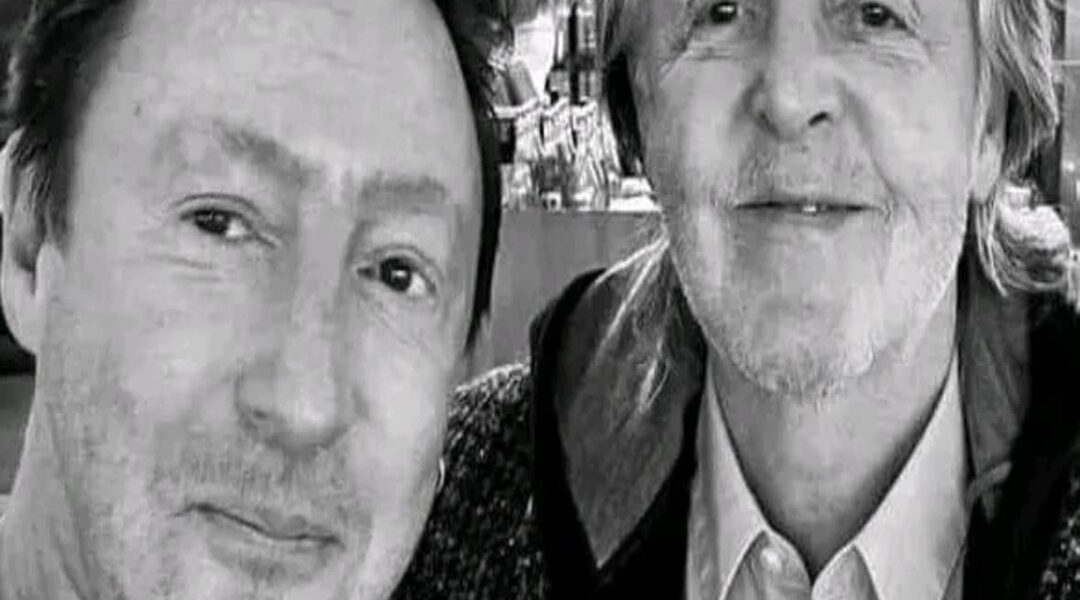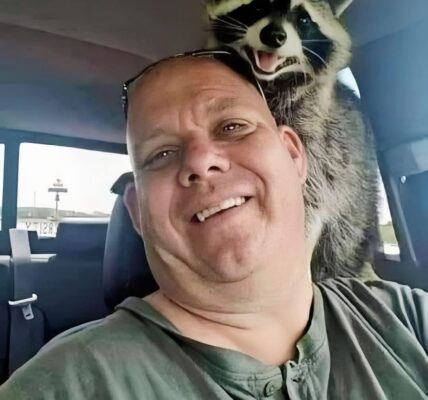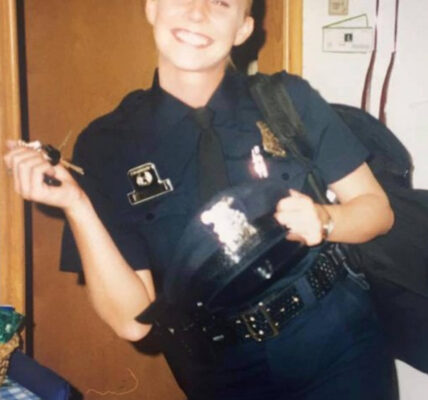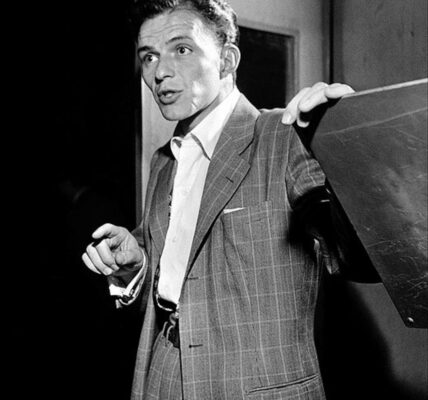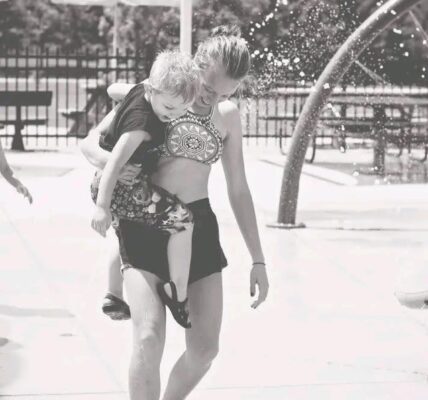
Some stories in music history come full circle in ways so poetic, they feel like destiny. That’s exactly what unfolded this past Saturday when Julian Lennon—son of the late John Lennon—bumped into Sir Paul McCartney at an airport lounge. It was already remarkable for the two men, now 61 and 82, to cross paths in such an ordinary place. But what Paul was doing at that very moment made it extraordinary: he was listening to a track from Julian’s new album, Jude.
For Beatles fans and for Julian himself, the symbolism was overwhelming. To understand why, you have to rewind to 1968.
The Birth of “Hey Jude”
When John Lennon split from Cynthia Powell for Yoko Ono, five-year-old Julian found himself in the middle of heartbreak he could not fully comprehend. Paul, who had always been close to Julian, drove out to see him. On that car ride, he began writing a song meant as comfort—a song of reassurance for a little boy whose world had just changed.
It began as “Hey Jules.” Paul thought the name had a better ring as “Hey Jude,” and the rest is history. The track became one of the most iconic anthems of the 20th century, sung in stadiums, chanted in pubs, and celebrated across generations. Yet at its core, it remained something far more personal: a love letter to Julian.
Carrying the Name Forward
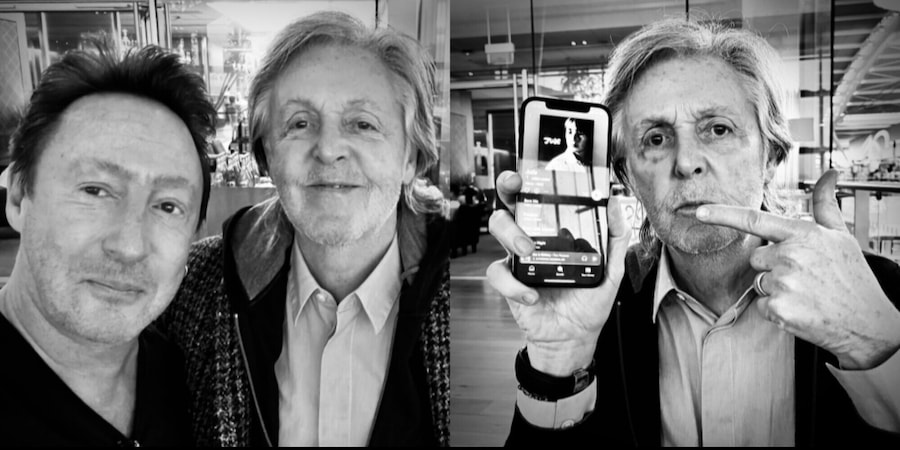
Decades later, Julian Lennon has walked his own musical path. Though he grew up under the immense shadow of his father and The Beatles, he carved out a career defined by his own sound and vision. He resisted comparisons, pushed through doubts, and built an identity as an artist in his own right.
In 2022, he released Jude, an album that paid direct homage to that song written for him so long ago. Choosing that title wasn’t just a nod to history—it was an embrace of his own story. “Jude has always been about me, even when the world claimed it for itself,” Julian said in interviews at the time. By naming his album Jude, he was reclaiming a piece of his childhood and transforming it into art of his own.
The Airport Encounter
And then came Saturday. Julian, traveling like anyone else, walked into an airport lounge and saw Paul sitting there. But Paul wasn’t just relaxing—he had his phone out, headphones in, and was listening to music. As Julian drew closer, he realized what Paul was playing: a track from Jude.
The serendipity of that moment cannot be overstated. The man who had written “Hey Jude” for a grieving child was now, more than 50 years later, listening to that same child—now an accomplished man—sing his own songs on an album named for the anthem.
Julian tweeted about the encounter, clearly moved by its layered meaning. Fans across the world responded with awe. One wrote, “That’s not coincidence—that’s the universe reminding you of the bond.” Another said, “It’s almost like Paul has been watching over you all along.”
Beyond the Music
For Julian, encounters with Paul McCartney are not just about music—they are about continuity. John Lennon has been gone for more than 40 years, taken violently in 1980. For Julian, Paul represents not only a connection to The Beatles but also to his father’s memory. Paul’s care for Julian in 1968 wasn’t just a passing gesture; it was a thread of compassion that stretched across decades.
Paul, for his part, has often spoken warmly about Julian. “I’ve always loved that boy,” he once said. “I just wanted to give him something when things were hard.” That “something” became a song that would echo through history. And now, in his eighties, he was still listening—not to his own music this time, but to Julian’s.
A Symbol of Legacy
Music has a way of collapsing time. The five-year-old boy in the backseat of Paul’s car in 1968 is now a 61-year-old man releasing albums. The songwriter who penned “Hey Jude” is now an octogenarian, still touring, still inspiring, still listening. Their meeting in an airport lounge wasn’t just a reunion of two people—it was a reunion of eras, memories, and legacies.
It was also a reminder of how songs, once released into the world, develop lives of their own. “Hey Jude” has been sung by millions who never knew its origin. Yet for Julian, it has always been intimate, personal. That Paul was now engaging with Jude, the album Julian created, closed the loop in a profound way.
More Than Coincidence
Moments like this feel designed. They remind us that the relationships behind the music matter as much as the songs themselves. For Beatles fans, the sight of Paul and Julian together is poignant—a symbol of survival, resilience, and connection after loss.
For Julian, it must have felt like validation, like a blessing. His father’s absence has always been the silent backdrop of his life. But Paul’s presence, in ways both big and small, has been a quiet thread reminding him that family—and love—can take many forms.
A Song That Still Echoes
When Paul McCartney wrote “Hey Jude,” he could never have known that it would become one of the world’s greatest anthems of comfort and resilience. He also could never have imagined that, more than half a century later, he would be sitting in an airport, listening to an album called Jude, created by the boy who inspired it.
The world has changed. The Beatles are long gone as a band. John Lennon is no longer here. But the music, the bond, and the love that sparked “Hey Jude” are still alive.
And for one brief, beautiful moment in an airport lounge, everything came together—past and present, father and son, inspiration and creation.
Because sometimes, the universe writes its own verses. And sometimes, those verses sound a lot like Hey Jude.
